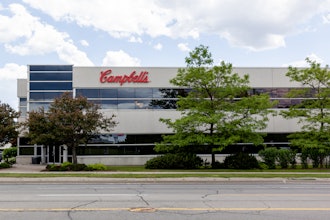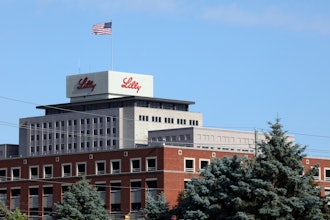All over the world, ideas from TIers are constantly being put into action, resulting in revolutionary and incremental innovations. From state-of-the-art, advanced technological advances to very low-tech, simple fixes, these ideas make our fabrication and assembly/test plants more efficient and productive while lowering costs.
All ideas go through the 5S process, a manufacturing system designed to reduce waste and optimize productivity through ‘organizing, cleaning, developing and sustaining a productive work environment,’ according to the U.S. Environmental Protection Agency (EPA). The ultimate goal is to lower the cost of producing TI chips and other products through improved processes. While many companies implement the 5S system, what separates TI’s process is the ability for a great concept to come from anyone, anywhere, instead of just from the managers at the top.
“It is a cultural mindset that takes years to develop,” said Paul Fego, vice president of TI worldwide manufacturing. “Ideas can come from a branch manager with an electrical engineering degree or an hourly operator who is just there three days a week. Some of the greatest ideas come from operators who are on the fab floors, and that’s the beauty of it.”
A few examples of recent innovations in manufacturing include:
- A team at Dallas Fab (DFAB) created the ‘ergonomic assist tool for vendor boxes.’ Operators in the plant had a hard time getting a good grip on the wafer filled product bags to put into cardboard shipping boxes, as the weight and shape of the bags made it difficult to fit them into the tightly packed boxes. The team created non-slip padded tongs that securely grip the product bags and easily put the bags into boxes, saving time and effort.
- At the Texas Instruments Taiwan Limited (TITL) assembly/test plant in Taipei, epoxy is applied between a die and die pad (Leadframe). The epoxy must be stored in a refrigerator, only has a 24-hour lifespan once it is removed from the refrigerator and must thaw for two hours before it can be used. TITL officials found four different ways operators managed their use of epoxy, resulting in either too much or too little being removed from the refrigerators causing either excess epoxy to be thrown out or production issues if not enough epoxy was available. The TITL team developed one standard operating procedure (SOP) for removing epoxy from the refrigerators and applied a forecast methodology to control the amount of epoxy taken out. This ultimately resulted in a reduction in waiting time for epoxy to thaw, a 17 percent drop in excess epoxy and a significant cost savings.
- On the high-tech end, and in addition to his job as a plasma etch process and equipment engineer at the DMOS6 fabrication plant in Dallas, John Shriner spent three years creating ‘Guardian.’ ‘Guardian’ is a real time system that can see when tools inside a manufacturing plant are not working properly. Many of the tools in a fabrication or test/assembly plant require extensive monitoring and tracking. Often times problems with equipment wouldn’t be discovered until after products were made, resulting in wasted materials. ‘Guardian’ can now find problems before products are created. “We are fanning ‘Guardian’ out to multiple tool families within DMOS6. We are learning about what, if any, limitations the system might have being used on a large number of tools before installing it at other facilities,” said John.
Robert Furtaw, the TI director of manufacturing quality, said the other way TI separates itself from competitors is the spirit of cooperation across all TI manufacturing plants.
“The big part of the culture at TI is we are sharing the best ideas from site-to-site, organization-to-organization, and that is something I don’t see culturally at other companies,” said Robert.
Both Robert and Paul said the best companies succeed at using the 5S system when the people at the manufacturing plants continually find more efficient ways to get the job done, never resting on past successes. From low-tech to high-tech solutions and everything in between, TIers push for new ways to innovate and transform how we make the chips and products that change the world.



















